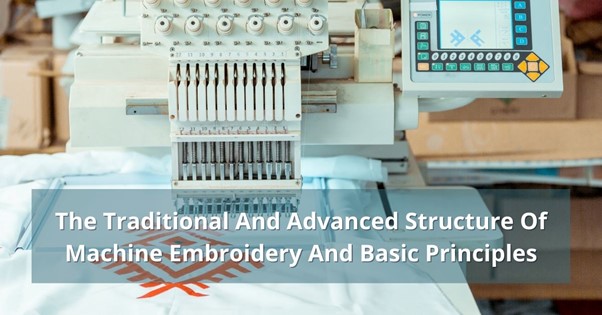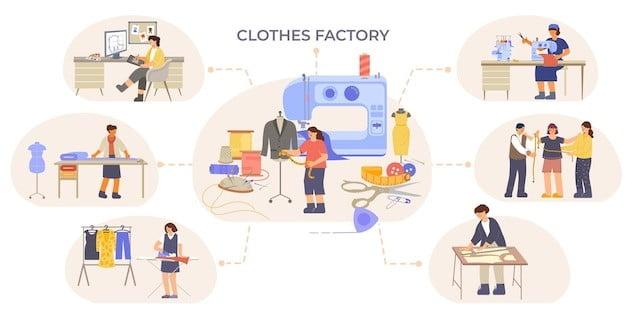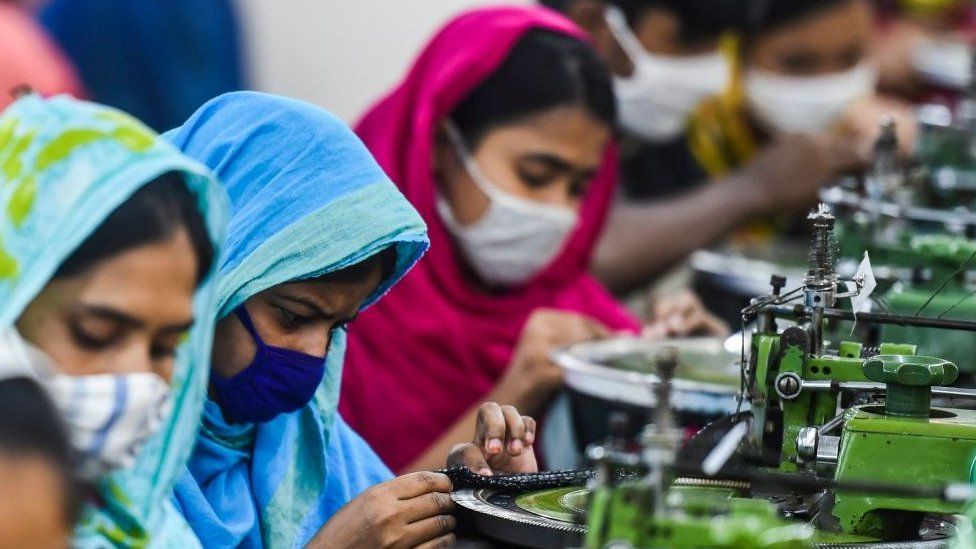Computerized machine embroidery | Machine embroidery is performed using special automated machines that operate according to the software which is installed. The art of embellishing and the look of fabric through the use of needlework is old in the fashion industry. It is used in various types and colors of yarn or thread to create striking designs. Additionally, the use of quills, pearls, sequins, and beads is typical in traditional embroidery. Moreover, basic stitches like chain stitch, buttonholes, and cross stitch were commonly used in early embroidery techniques. Like patches mania offers, advance embroidery is a new machine that has been developed that permits users to make free-hand embroidery. The new machines are utilized for use in the textile industry to create dressmaking, sheets of embroidery, household furnishings, and quilting.

Additionally, there is a growing use for patches, particularly in custom-made embroidery. Custom patches enhance brand identity on garments. Custom logos have popularized these patches. You can find patches suitable for various purposes, including machine embroidery patches like custom-made master patches. However, before delving into embroidery techniques, let’s briefly review traditional embroidery’s journey.
Traditional Embroidery
Traditional embroidery involves stretching fabric over a wooden or plastic hoop. The sewer selects needle and hoop sizes based on work type, embroidery style, and comfort. Handmade embroidery showcases the sewer’s artistry, adding uniqueness, majesty, and charm.
Machine Embroidery

Additionally, this machine can follow instructions and produce numerous identical pieces of embroidery. After all, machine embroidery is employed at the industrial level, producing a wide variety of styles and items. Furthermore, it uses an ordinary zigzag sewing machine for free motion sewing machine embroidery. All things considered, manual design work is done, whether for intricate patterns or simple designs.
Link stitch embroidery is primarily employed in commercial embroidery. Moreover, patterns can be controlled manually or automatically. In 1994, Pulse Microsystems filed a patent application for link stitch embroidery, akin to chenille embroidery. Modern computer-controlled machine embroidery employs an embroidery machine or sewing/embroidery machine to stitch designs that have been saved. There might be several heads and threads on these devices.
What are the Principles of Machine Embroidery?
The basic functionality of an embroidery machine is similar to that of a sewing machine. Furthermore, to create lock stitches, a sewing machine employs two threads, both an upper and a lower one. These threads run along the top and bottom of the processed cloth (base material). In essence, five fundamental principles are the basis of machine embroidery.
- Conversion of artwork into specific software that is compatible with the embroidery machine.
- Soft copy transfer inside the CPU of the machine that is the computerized machine for embroidery.
- Indicate the machine by the selection of needles and allocation according to the design color portion.
- Place the fabric in the right spot by stretching.
- Complete the procedure for embroidery on garments.
The Stages of Machine Embroidery
There are two main phases of machine embroidery:
a. Embroidery Designing Stage
In this phase, the program and components that make up the device are developed by the design.
b. Technical Stage
In the technical stage, embroidery is done by the machine on the fabric.
Conclusion
Check out these related articles:








